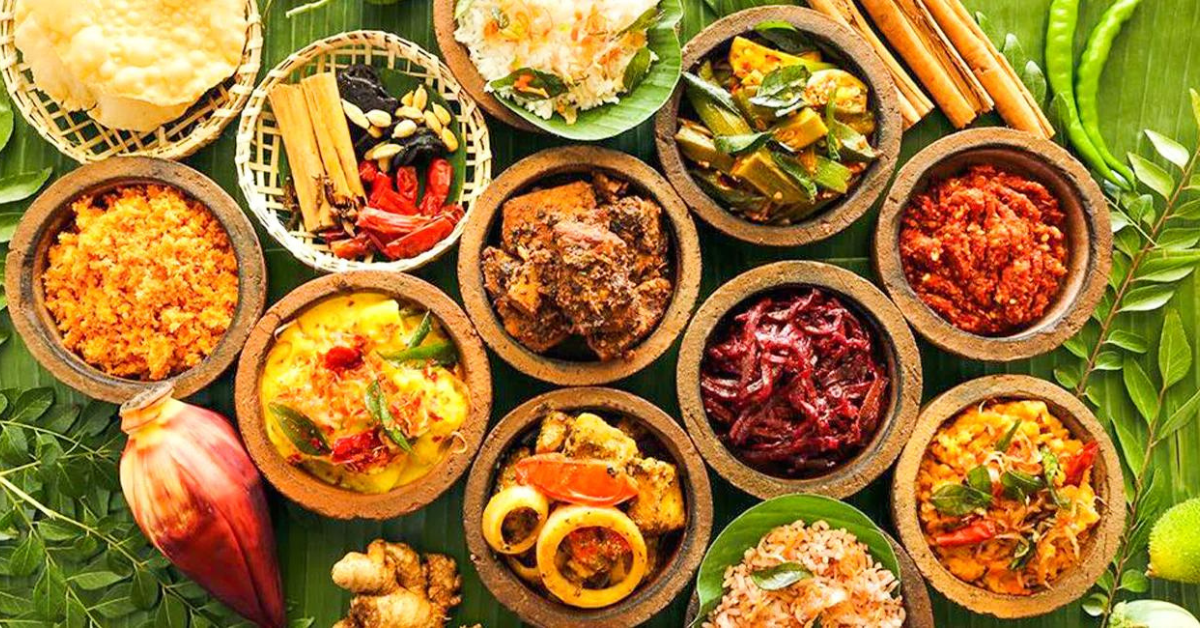
Sri Lanka’s rich culinary heritage offers a variety of high-protein foods that are essential for muscle growth, immunity, and overall well-being. As more people recognize the link between diet and non-communicable diseases (NCDs) like diabetes and heart disease, many are turning to traditional, nutrient-dense foods. A protein-rich diet supports tissue repair, boosts energy, and helps regulate blood sugar levels, making it a key component of a healthy lifestyle.
Both plant-based and animal-based protein sources are abundant in Sri Lanka. Lentils, chickpeas, and mung beans provide excellent plant-based protein, while fish, poultry, eggs, and dairy products offer high-quality animal protein. Local favorites like jak fruit seeds, kola kenda (herbal porridge), and tempered soybeans add variety and nutrition. Nuts and seeds such as cashews, sesame, and peanuts also serve as great protein-packed snacks. By incorporating these foods into daily meals, Sri Lankans can enjoy a balanced, wholesome diet while preserving their rich food traditions.
Chicken, fish, and eggs are among the most widely consumed high-protein foods in Sri Lanka, forming an essential part of the traditional diet. Chicken is a staple protein source, commonly prepared in a variety of ways, including rich, flavorful curries, grilled dishes, and stir-fries combined with vegetables and aromatic spices. Its versatility makes it a favorite in households across the country, offering a delicious and affordable way to meet daily protein needs.
Fish is another primary protein source, particularly varieties such as tuna, mackerel, and seer fish, which are not only rich in protein but also packed with heart-healthy omega-3 fatty acids. Popular Sri Lankan fish-based dishes include Ambul Thiyal, a tangy and flavorful sour fish curry, and Karawala, or dried fish, which is often paired with rice and lentils for a protein-rich meal. These traditional preparations enhance both taste and nutritional value, making fish a vital component of a balanced diet.
Eggs are also a convenient and versatile protein source enjoyed across Sri Lanka in various forms, including boiled, scrambled, or incorporated into curries, hoppers, and rice dishes. While eggs provide essential nutrients, it is advisable to moderate the intake of egg yolks to avoid excessive cholesterol consumption, particularly for individuals with heart-related concerns. By incorporating chicken, fish, and eggs into daily meals, Sri Lankans can enjoy a well-rounded diet that supports muscle health, energy levels, and overall well-being.
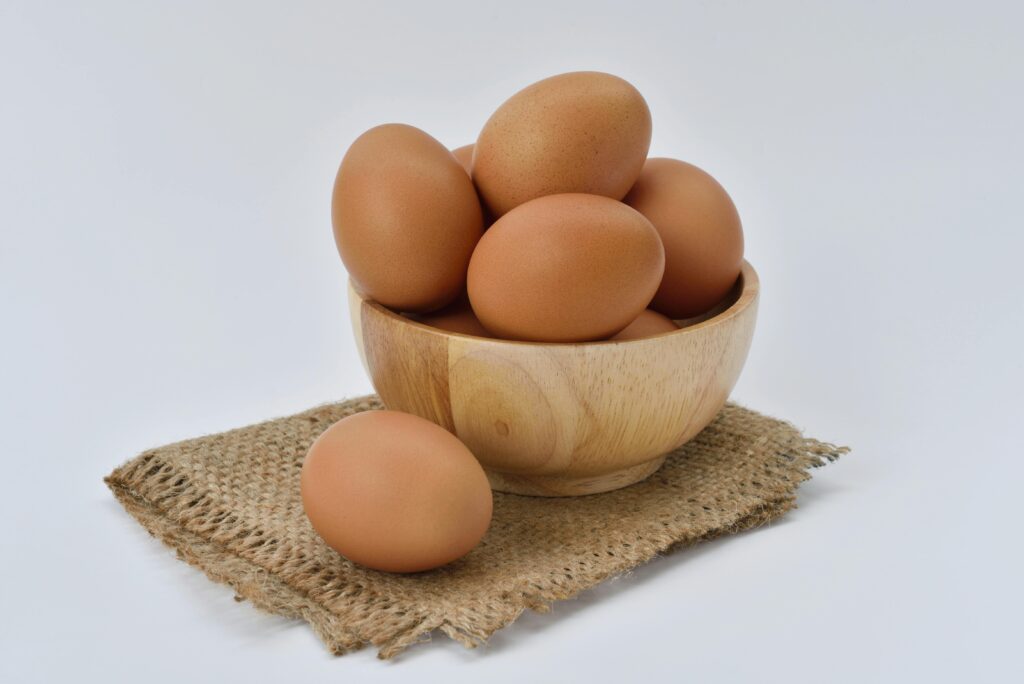
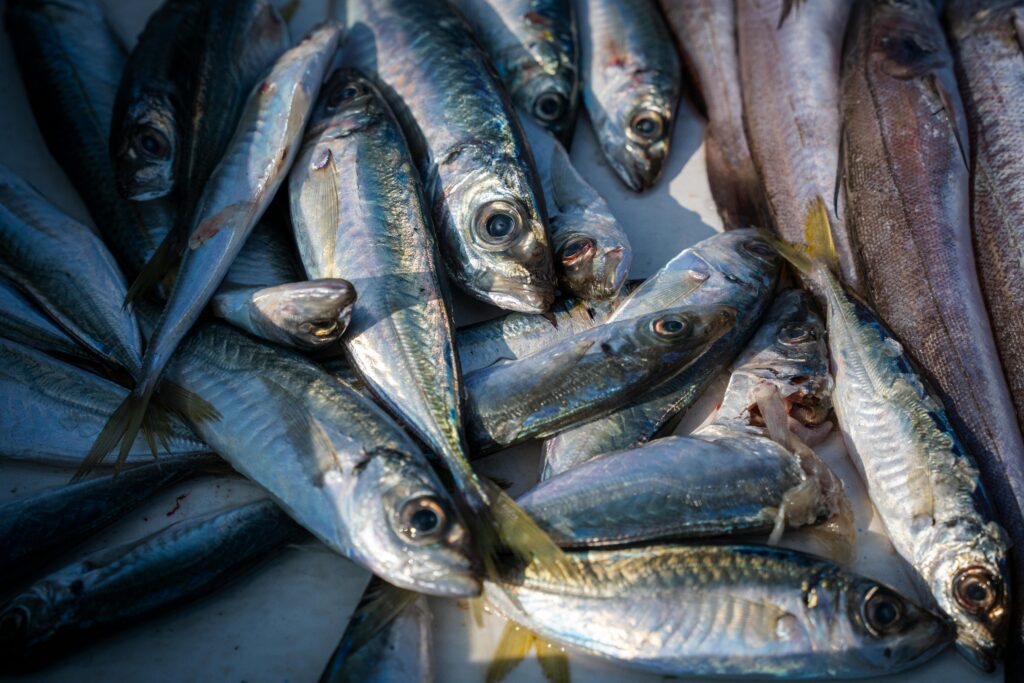
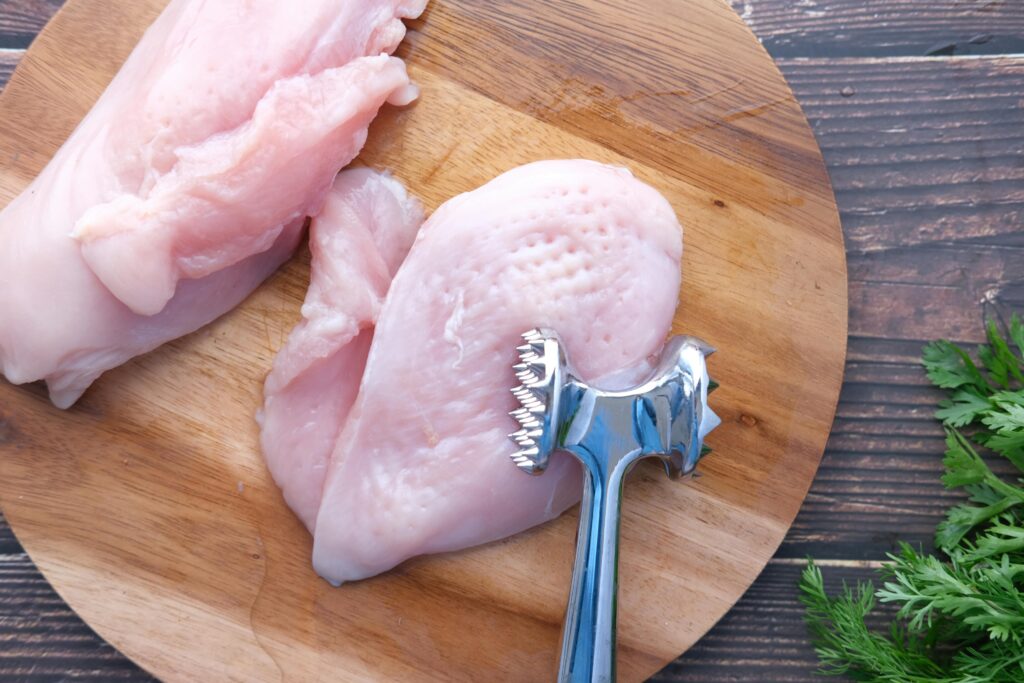
Lentils and beans are excellent plant-based protein options. Dhal, made from lentils, is a staple in Sri Lankan cuisine, cooked with coconut milk and spices. Black beans and chickpeas are commonly used in curries and salads, contributing both protein and fiber. Tofu, though not traditionally Sri Lankan, is gaining popularity as a protein-rich alternative, often incorporated into curries and stir-fries. Soya beans and soya meat are also widely consumed, particularly among vegetarians, though proper seasoning is key to making them palatable.
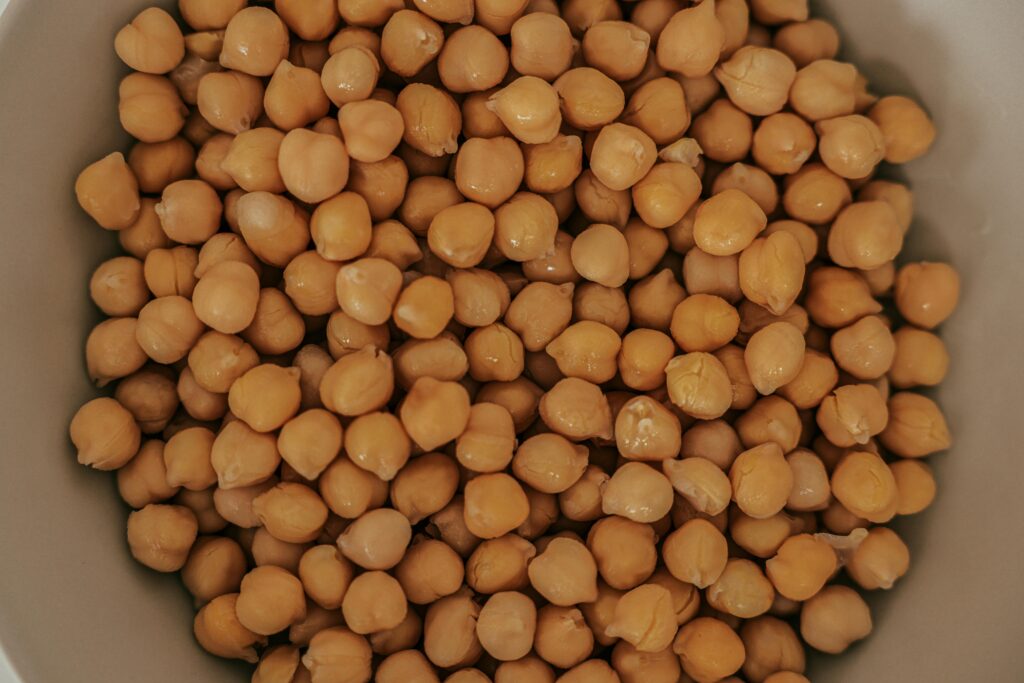
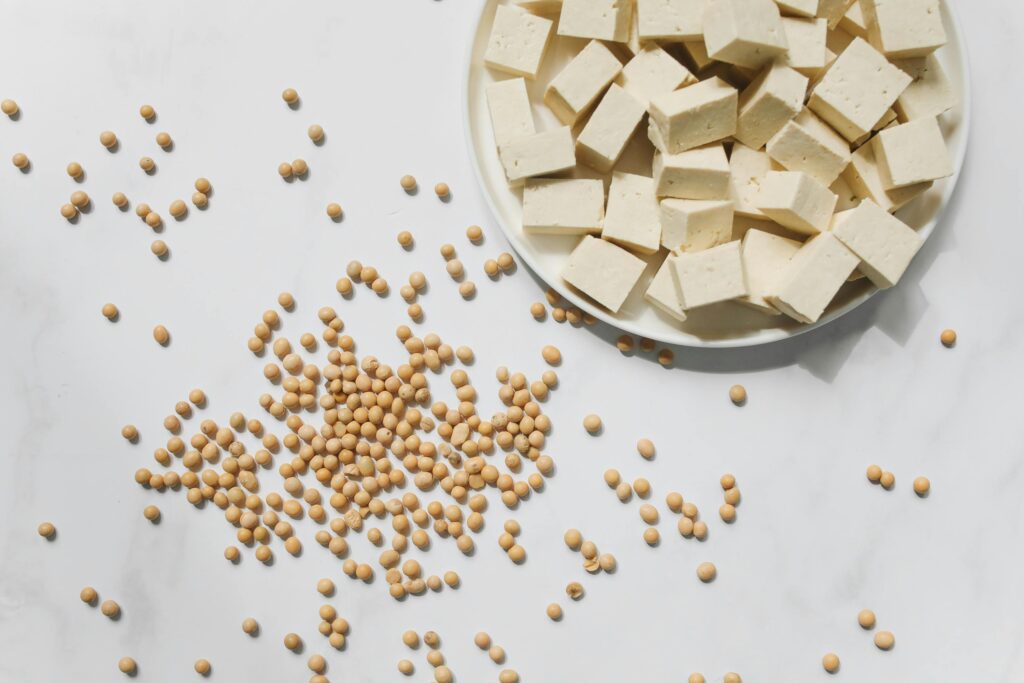
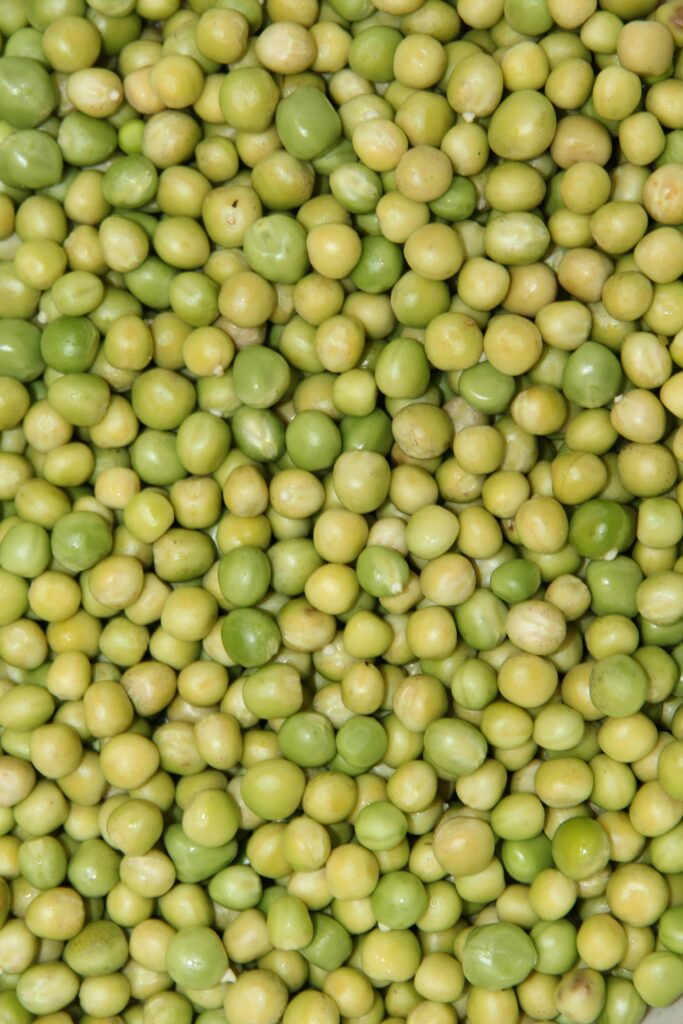
Sri Lanka’s indigenous foods offer substantial protein content. Kiri Bath, or milk rice, is often paired with lunu miris, enhancing its protein value. Jackfruit, particularly its seeds, is another excellent protein source, prepared as polos curry or roasted snacks. Breadfruit is another starchy staple with moderate protein content, commonly curried or boiled. Cashews, though considered a luxury ingredient, provide high-quality protein and healthy fats, making cashew curry a popular dish.
Buffalo curd is a cherished dairy product, high in protein and probiotics, often consumed with palm treacle or honey. Buttermilk, known as “Moru,” is another nutritious dairy-based beverage that aids digestion.
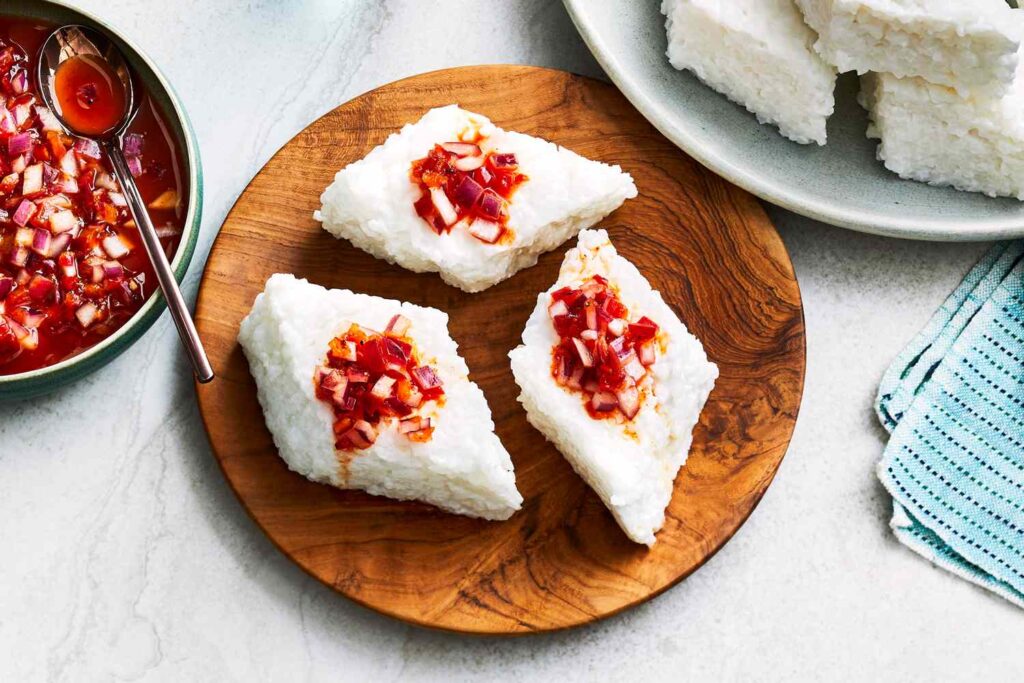
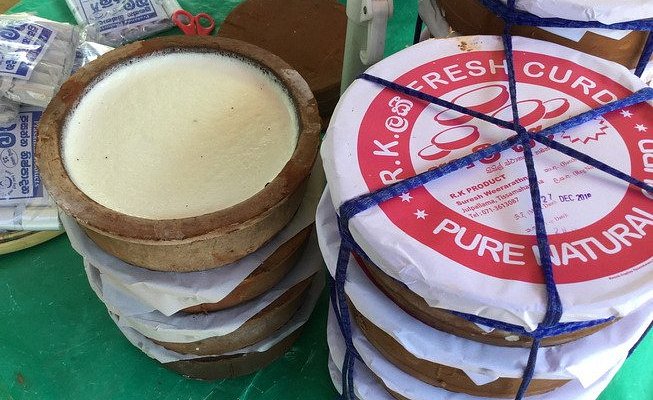
A protein-rich diet is essential for maintaining muscle health, metabolism, and overall well-being. With rice and carbohydrates forming the foundation of Sri Lankan meals, balancing them with adequate protein intake is crucial. Traditional dishes naturally combine proteins, carbohydrates, and fats, ensuring a well-rounded diet. The increasing prevalence of diabetes, hypertension, and obesity has driven more Sri Lankans to adopt healthier eating habits, emphasizing high-protein traditional foods.
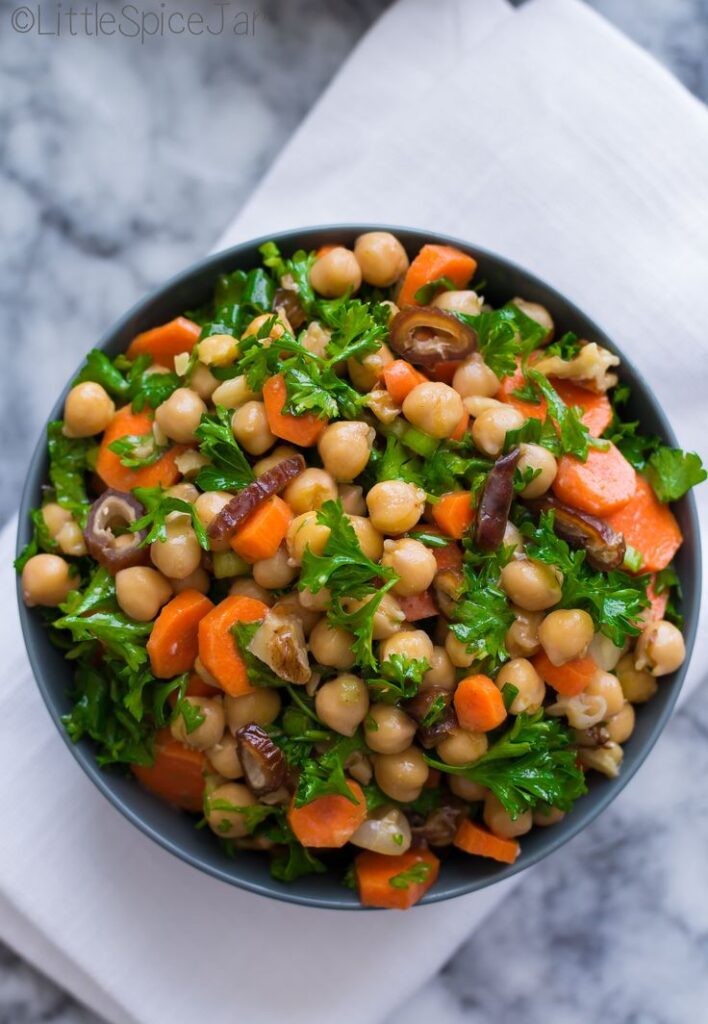
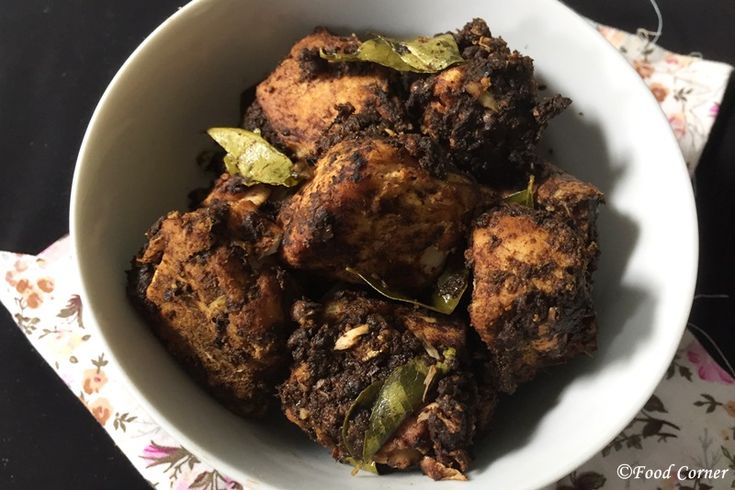
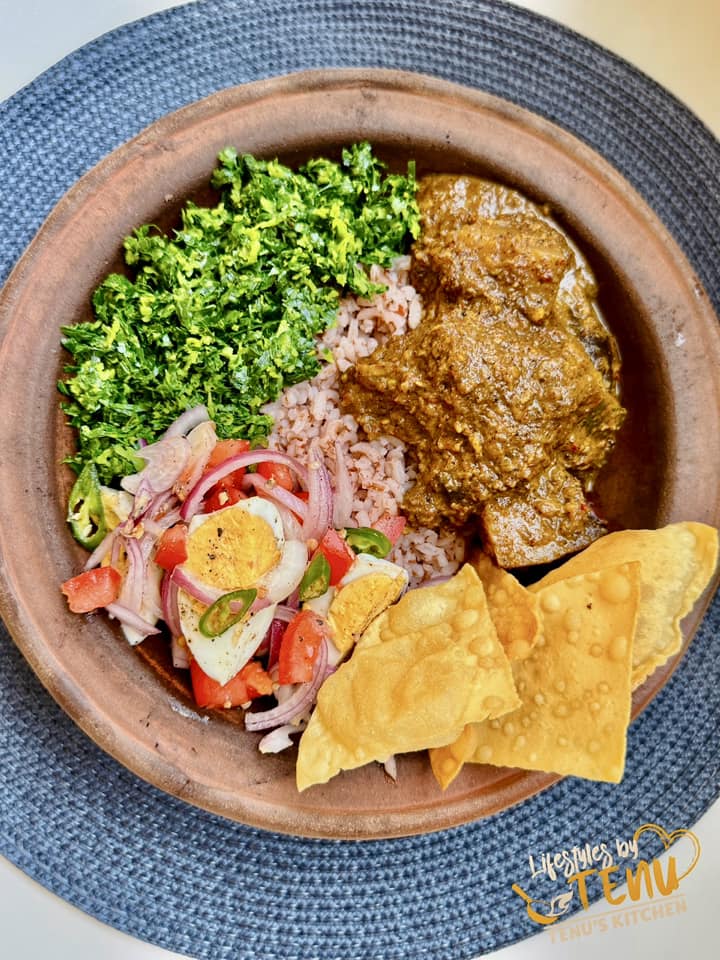
Sri Lankan cuisine offers numerous ways to integrate high-protein foods into daily meals. Lentils and beans can be included in curries and soups, while tofu and soya-based products serve as excellent vegetarian options. Eggs, fish, and chicken provide versatile meal choices. Traditional protein-rich ingredients such as jackfruit, cashews, and buffalo curd further enhance nutritional value.
By embracing Sri Lanka’s culinary heritage and focusing on high-protein foods, individuals can enjoy delicious meals while supporting their overall health. Whether through plant-based or animal-based sources, maintaining a balanced diet with sufficient protein intake is key to long-term well-being.

SatynMag empowers women with inspiring stories, expert advice, and uplifting content to fuel their strength and dreams
Welcome to Satynmag S Suite, online knowledge platform for career and personal growth. This is where you can empower yourself with cutting edge knowledge, latest know-how and grow.


